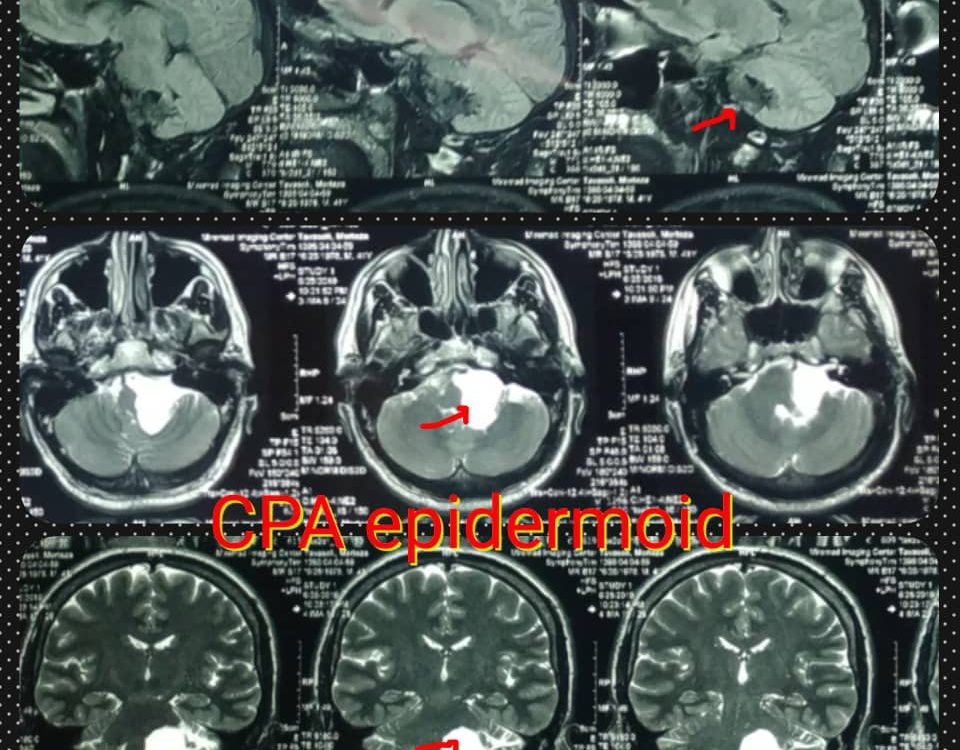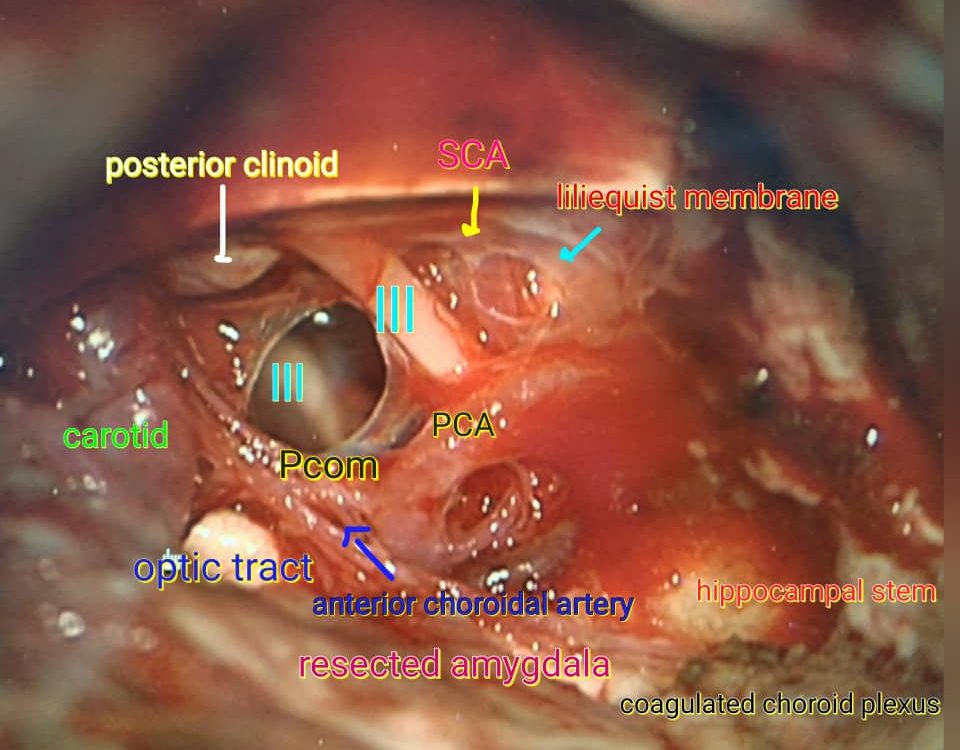Ependymoma
Ependymoma
Ependymoma is a rare tumor of the brain or spinal cord. It occurs in both adults and children. Ependymoma is a primary tumor, which means that it starts in either the brain or spine. The brain and spine are part of the central nervous system (CNS). Primary brain and spinal cord tumors are typically grouped by where the cells start. Ependymomas make up about 5% of adult intracranial gliomas and up to 10% of childhood tumors of the central nervous system (CNS). Their occurrence seems to peak at age 5 years and then again at age 35.
Symptoms
The symptoms that patients develop from brain and spinal cord tumors depend on the location of the tumor(s) within the central nervous system (CNS). Most of these tumors are slow growing. So, symptoms may develop slowly and worsen over weeks or months. In general, symptoms from brain and spinal cord tumors can be divided into two groups. The first group, called generalized symptoms, is more common with brain tumors. They usually are related to increased pressure within the brain. The second group of symptoms, called focal symptoms, depend on the location of the tumor within the brain or spinal cord. The location will affect the brain or spinal cord function in that area.
Common brain tumor symptoms include:
- Headache or pressure in the head
- Nausea or vomiting
- Vision changes
- Weakness or numbness and tingling on one side of the body
- Problems with thinking, remembering or speaking
Common spinal cord tumor symptoms include:
- Back pain
- Weakness in the arms or legs
- Numbness or tingling in the arms, legs or trunk
- Problems going to the bathroom or problems controlling bowel or bladder function
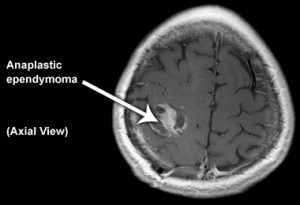
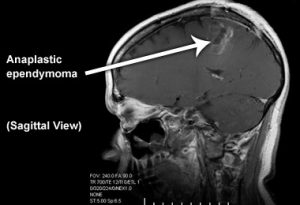
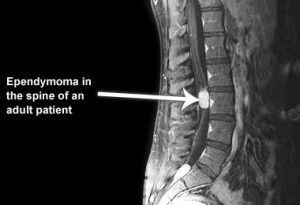
Diagnosis
Testing your nervous system, Blood test, CT Scan, MRI, Physical examination, Surgical biopsy.
Treatment
The main treatment is surgery to safely remove as much of the tumour as possible. It is sometimes possible to completely remove an ependymoma. But often your doctor may recommend a course of radiotherapy after you have recovered from surgery. The radiotherapy is to lower the risk of the ependymoma coming back. If there is no sign of any ependymoma cells in the fluid around the brain and spinal cord (cerebrospinal fluid – CSF) you will have radiotherapy to the area that contained the tumour and the surrounding area.
If there are cancer cells in the CSF, your doctor is likely to recommend radiotherapy to the whole brain and spinal cord. Children under the age of 3 are most likely to have chemotherapy instead of radiotherapy after surgery. If at all possible, cancer specialists don’t like to treat children under 3 with radiotherapy. Their young age makes them more likely to develop long term radiotherapy side effects. So they use chemotherapy to keep a young child’s tumour under control. The exact combination of drugs and the timing of treatment varies. Generally, your child is likely to have chemotherapy every 8 weeks for about a year.
Recurrence
If the tumour comes back after treatment your specialist may recommend further radiotherapy to shrink the tumour. Or they may suggest chemotherapy. These treatments can slow down the growth of the tumour and help to reduce symptoms.
Your specialist will decide the exact treatment but it could include any of these drugs
- Carboplatin
- Cisplatin
- Cyclophosphamide
- Etoposide
- Lomustine
- Methotrexate
- Vincristine
Usually you would have a number of these drugs together as combination chemotherapy.
References
https://cern-foundation.org/?page_id=71
https://en.wikipedia.org/wiki/Ependymoma
http://emedicine.medscape.com/article/1744030-overview#a11
Video


